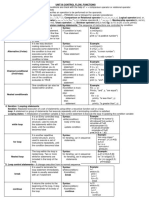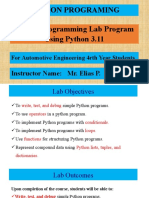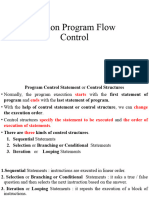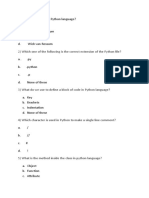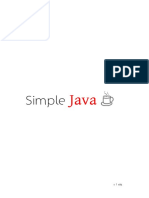0% found this document useful (0 votes)
6 views5 pagesUnit3 Python Programming Ii 12TH
The document provides an overview of iteration in Python, detailing the concepts of loops, including for and while loops, as well as jump statements like break and continue. It also explains the use of else statements with loops, nested loops, string creation, and string operators. Additionally, it covers common string methods for manipulating text.
Uploaded by
saikajan455Copyright
© © All Rights Reserved
We take content rights seriously. If you suspect this is your content, claim it here.
Available Formats
Download as PDF, TXT or read online on Scribd
0% found this document useful (0 votes)
6 views5 pagesUnit3 Python Programming Ii 12TH
The document provides an overview of iteration in Python, detailing the concepts of loops, including for and while loops, as well as jump statements like break and continue. It also explains the use of else statements with loops, nested loops, string creation, and string operators. Additionally, it covers common string methods for manipulating text.
Uploaded by
saikajan455Copyright
© © All Rights Reserved
We take content rights seriously. If you suspect this is your content, claim it here.
Available Formats
Download as PDF, TXT or read online on Scribd
/ 5









